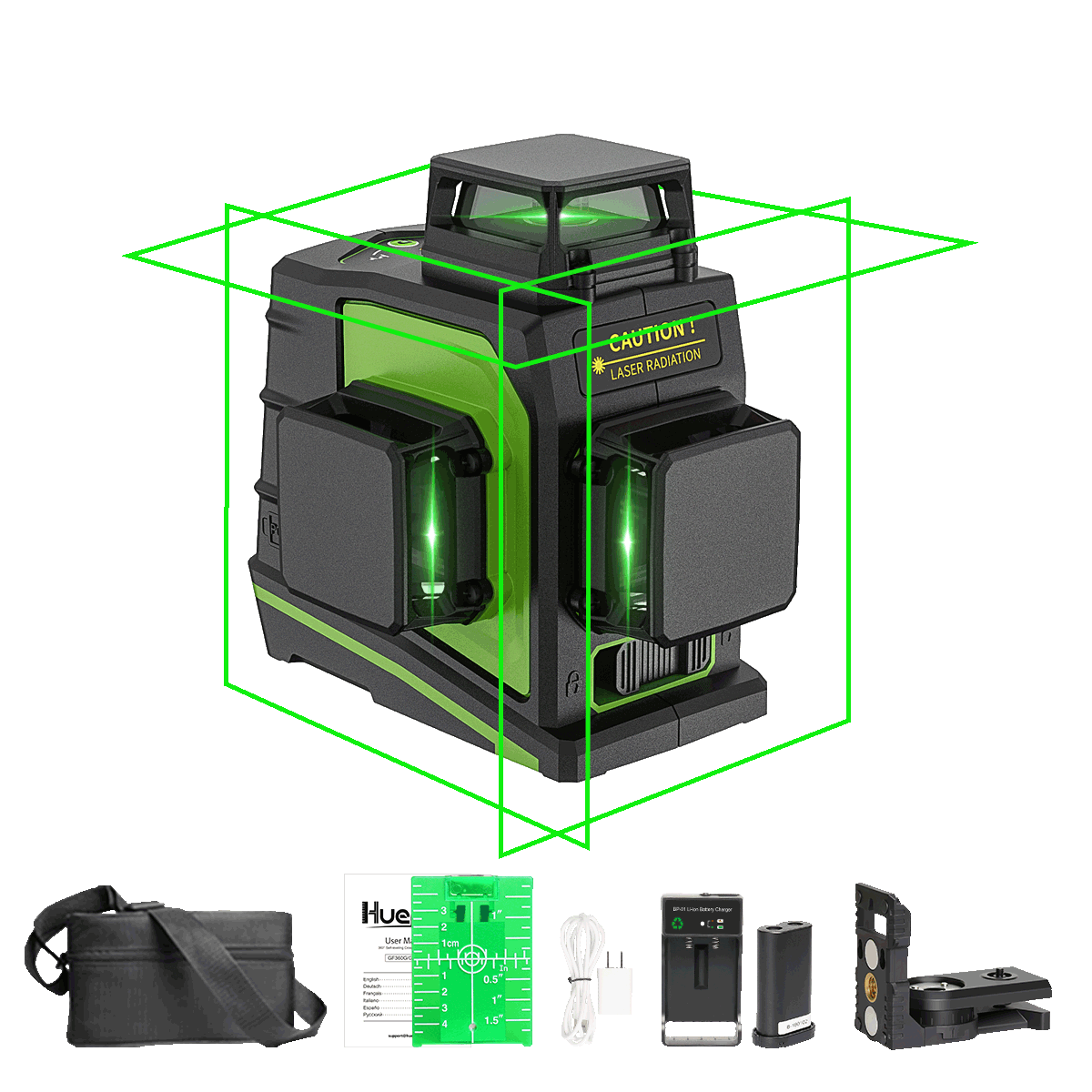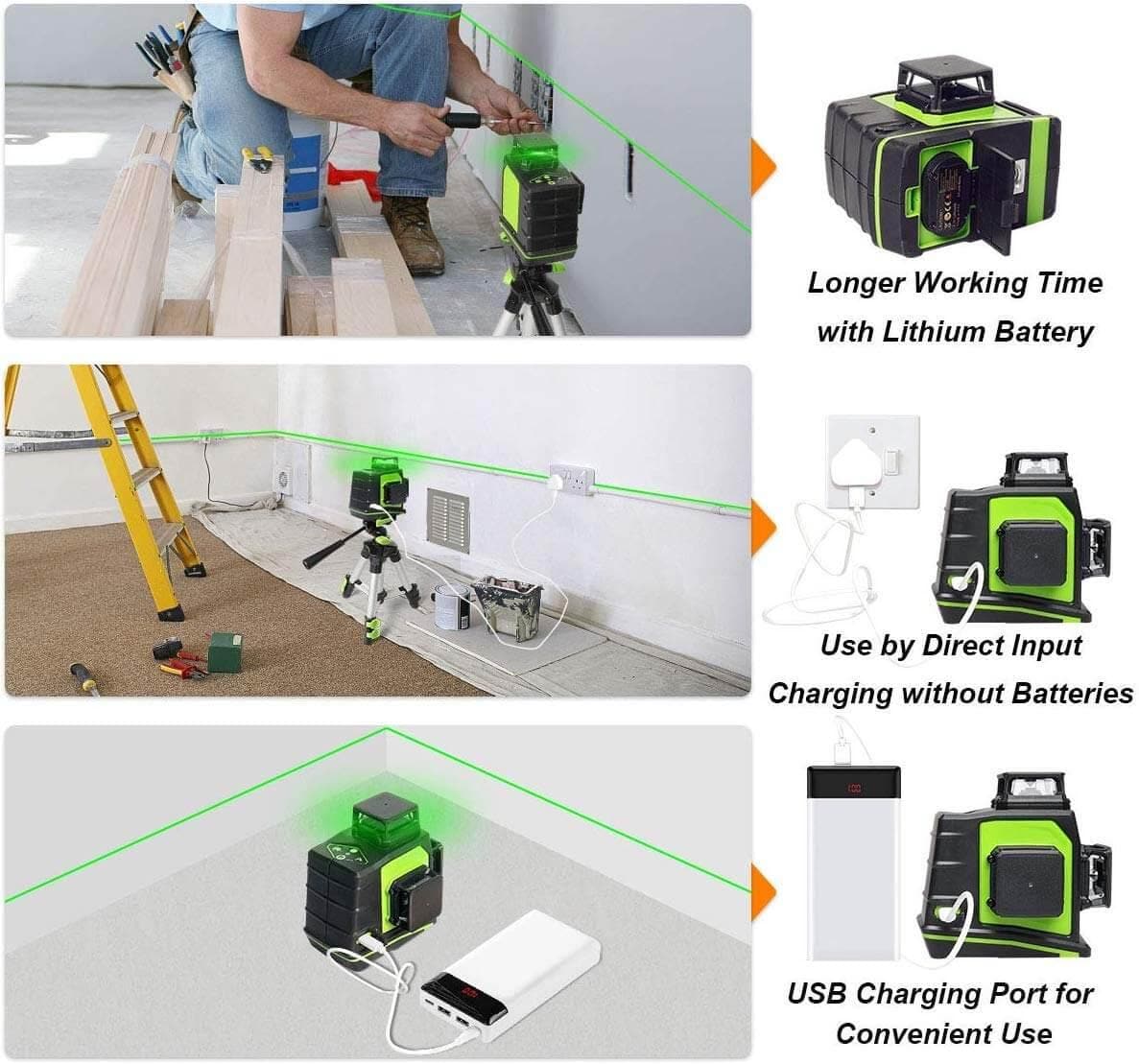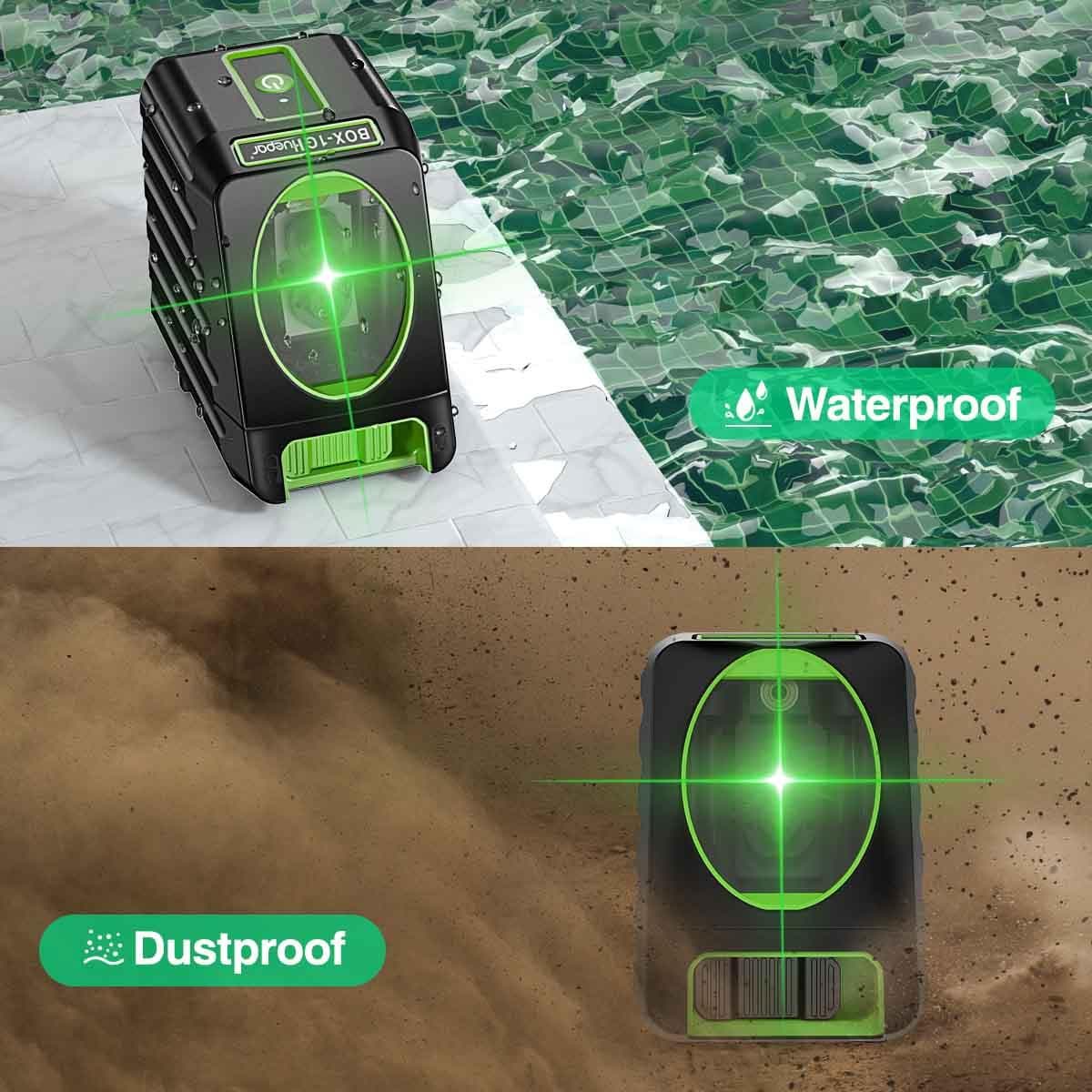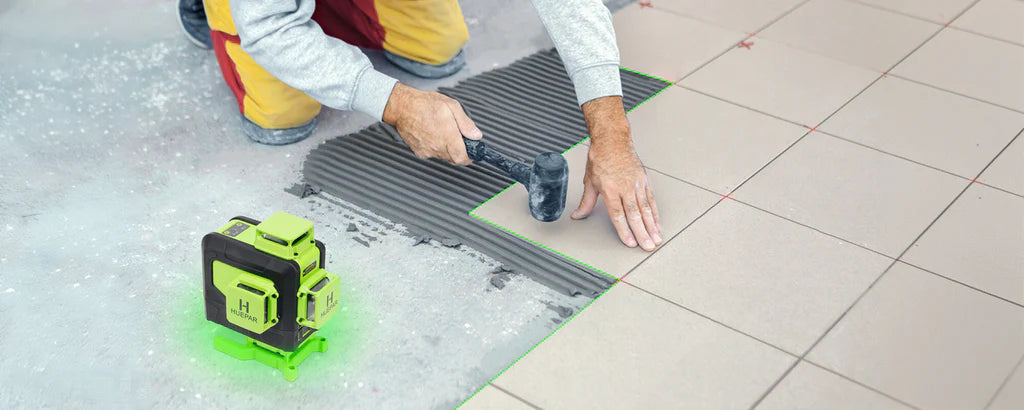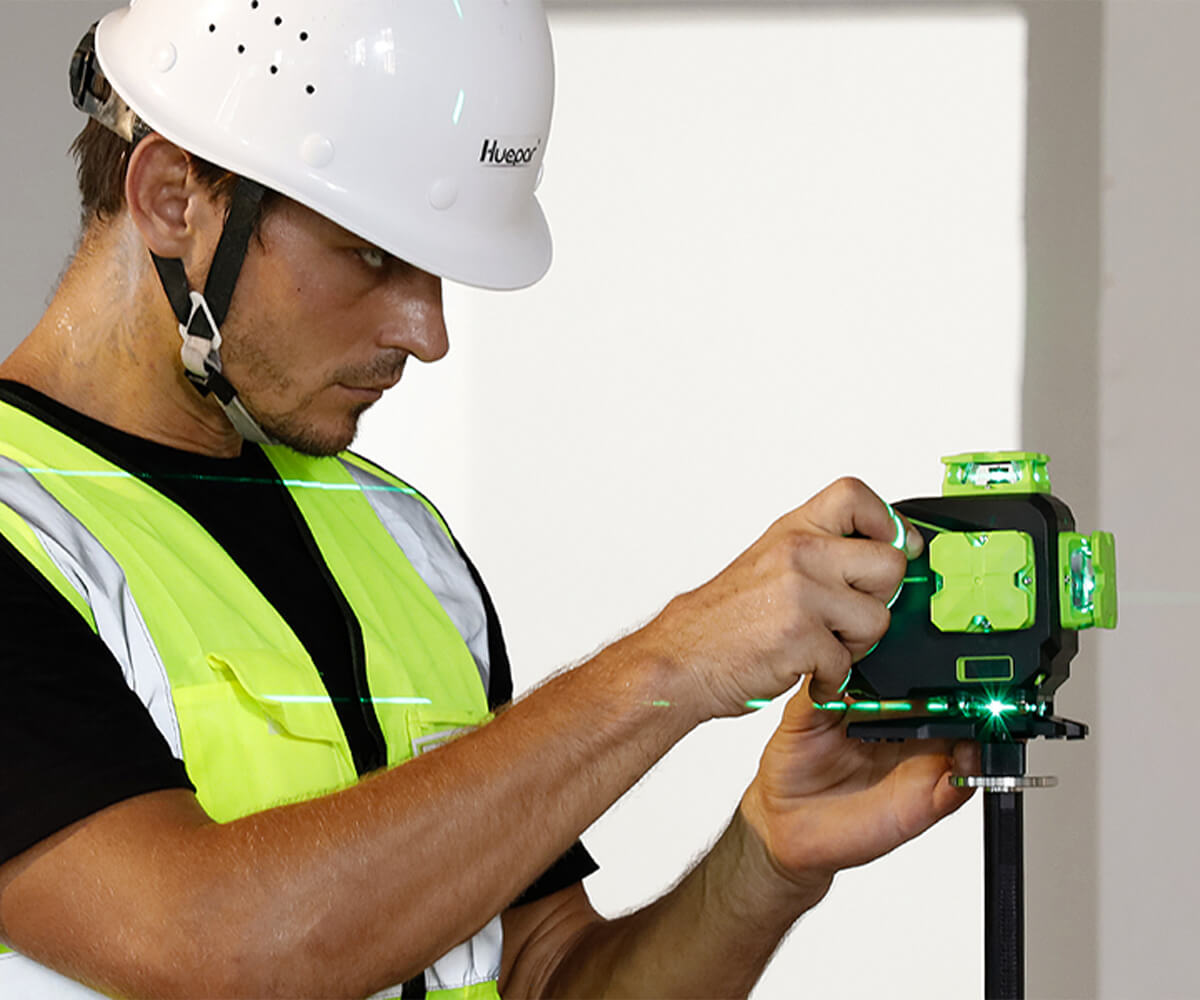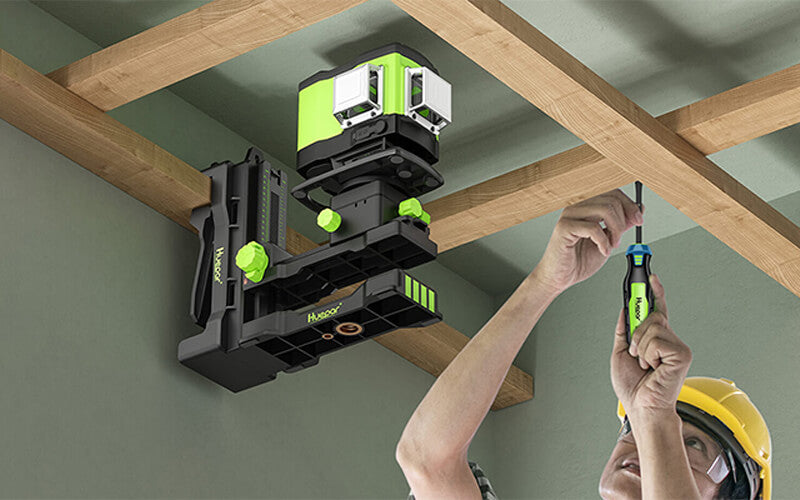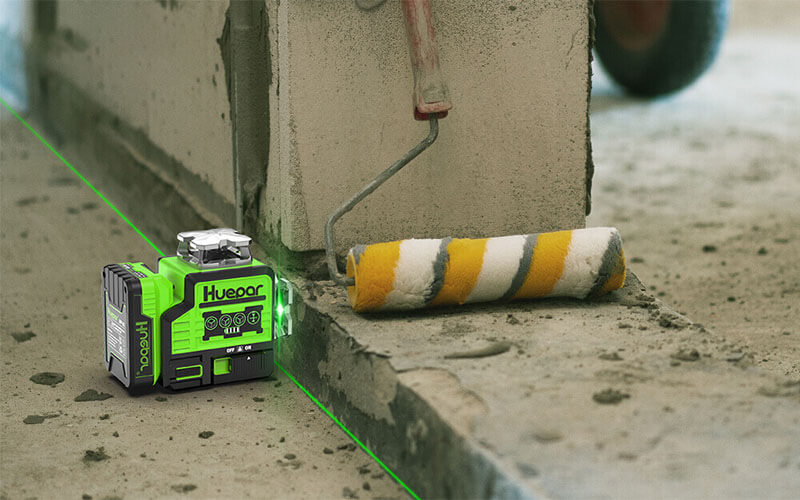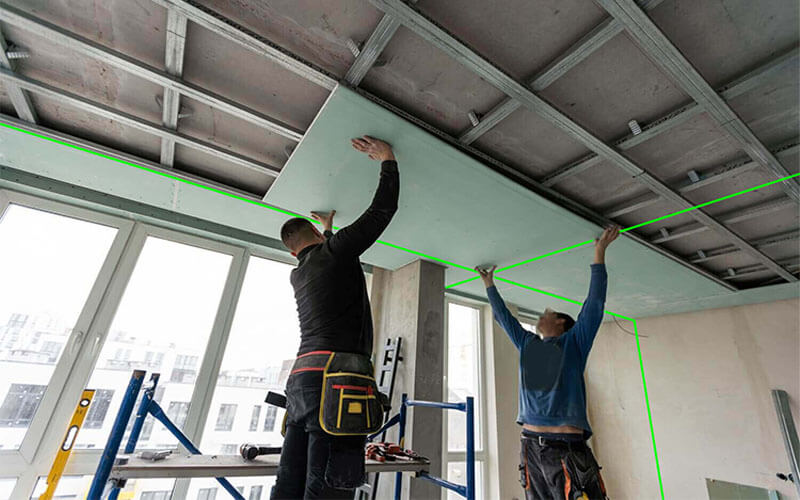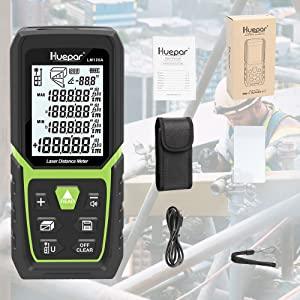
Unlocking Precision: A Comprehensive Guide to 3D Laser Levels
Understanding Laser Levels: Basics and Types
What Are Laser Levels?
Laser levels are tools used in construction and DIY projects to ensure everything is perfectly aligned. They emit a straight laser beam that serves as a visual 'level' guide. This beam can be projected onto surfaces across a room, allowing users to align objects, hang pictures, or set up structures with precision. There's a variety of laser levels, including simple ones for home use to more advanced models for professional construction. They can be categorized by the kind of laser lines they project: some produce a single line, while others can cast multiple lines in a 3D space. Laser levels have become essential for tasks needing accurate leveling and alignment.

Different Types of Laser Levels: From Cross Line to 3D
Laser levels have changed how we do precise work. They have types that vary in shape and use. The common types are dot, line, and rotary laser levels. These types help users in different tasks. Dot lasers project simple points. Line lasers show straight lines in one or multiple directions. Rotary lasers create a level line in 360 degrees. The newest kind, 3d laser levels, can project lines on all three axes. They are top for tasks needing accuracy in all three planes. Cross Line lasers cast lines on two planes and are good for basic leveling tasks. 4D laser levels are like 3D ones but have extra features. They often have a laser that rotates 360 degrees on a vertical axis. Each type of laser level is best suited for certain kinds of jobs. Knowing this helps choose the right one for any project.
3D Laser Levels Explained
The Mechanics of 3D Laser Levels
3d laser levels use cutting-edge tech to cast beams in 360 degrees. This tool projects one horizontal and two vertical lines. They cross at 90 degrees to outline a 3D space. The tool's gyros and sensors keep the beams level. Some models connect to apps for extra control. The main parts are the laser diodes and optical lenses. They create sharp and bright lines.These levels are useful for complex layouts and checks.
Applications and Advantages of Using 3D Laser Levels
3d laser levels have revolutionized precision jobs. They allow for accurate leveling across three planes: horizontal, vertical, and depth. This makes them ideal for tasks that need exact measurements. Here are some common uses and benefits:
- Installation Precision: Perfect for setting up tiles, cabinets, and trims.
- Construction Efficiency: Speeds up wall framing, plumbing, and electrical work.
- Usability: Ease of use for both pros and DIY enthusiasts.
- Saves Time: Reduces the need for multiple tools and checks.
- Versatile Placement: Can be used on floors, tripods, or attached to metal surfaces.
The advantages of 3d laser levels are clear. They offer unmatched accuracy, which leads to better construction quality. They also save precious time, making projects move faster. With a 3D laser level, you can expect your work to be on point, every time.
Choosing the Right Laser Level for Your Project
Factors to Consider When Selecting a Laser Level
Selecting the right laser level requires attention to key factors. Firstly, consider the range you need. This affects precision over distances. Next, think about accuracy. How fine should your lines be? Then, check the level's durability for tough work sites. Battery life is crucial too. Longer life means less downtime. Lastly, ease of use matters. Simple controls and clear displays save time. Keep these in mind for a smart choice.
Comparing 3D, Cross Line, and 4D Laser Levels
When choosing between 3D, cross line, and 4D laser levels, it's important to understand their differences. Cross line lasers project horizontal and vertical lines, ideal for tasks like installing cabinets or tiling. They are generally simpler and more affordable, suited for indoor projects. On the other hand, 3d laser levels emit lines in three dimensions. This allows for full-room coverage, making them perfect for complex layouts and large-scale jobs. Meanwhile, 4D laser levels provide an additional level of precision with 360-degree coverage on all axes. These are top-tier for professionals needing the highest accuracy. Each type has its own set of pros and cons depending on the job at hand.
Best Practices for Using Laser Levels in Construction and DIY Projects
Using laser levels can simplify and improve accuracy in construction and DIY projects. Here are some best practices to ensure optimal results:
- Read the Manual: Begin by reading the device's manual. Understand its functions and limitations.
- Calibrate Regularly: To maintain accuracy, calibrate your laser level as recommended by the manufacturer.
- Use on Stable Ground: Always place the laser level on stable and level surfaces to avoid inaccuracies.
- Protect Your Eyes: Wear protective eyewear to shield your eyes from the laser, especially for prolonged use.
- Check Lighting Conditions: Ensure the working area is not too bright, as intense light can make laser lines hard to see.
- Clean the Device: Keep the laser level clean from dust and debris, which can affect its performance.
- Practice Safety: Ensure safety procedures are in place to protect against falls or accidents when positioning the device at heights.
By following these steps, you can make the most of your laser level and execute your projects with precision.


